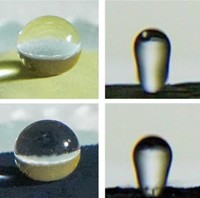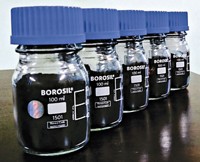Advertisement
Grab your lab coat. Let's get started
Welcome!
Welcome!
Create an account below to get 6 C&EN articles per month, receive newsletters and more - all free.
It seems this is your first time logging in online. Please enter the following information to continue.
As an ACS member you automatically get access to this site. All we need is few more details to create your reading experience.
Not you? Sign in with a different account.
Not you? Sign in with a different account.
ERROR 1
ERROR 1
ERROR 2
ERROR 2
ERROR 2
ERROR 2
ERROR 2
Password and Confirm password must match.
If you have an ACS member number, please enter it here so we can link this account to your membership. (optional)
ERROR 2
ACS values your privacy. By submitting your information, you are gaining access to C&EN and subscribing to our weekly newsletter. We use the information you provide to make your reading experience better, and we will never sell your data to third party members.
Materials
Crumpled Graphene Resists Aggregation
Aerosol method wads up graphene flakes into microscopic 'paper balls'
by Mitch Jacoby
October 31, 2011
| A version of this story appeared in
Volume 89, Issue 44
Graphene flakes can be crumpled into balls that resist compression and aggregation, according to work published in ACS Nano by a Northwestern University-led research team (DOI: 10.1021/nn203115u). In principle, graphene and other sheetlike materials are endowed with high surface area, making them attractive for energy storage and other applications. In practice, however, the thin films tend to aggregate in solution and restack in the solid state, greatly reducing the surface area of graphene and making it difficult to process. Jiayan Luo, Hee Dong Jang, Jiaxing Huang, and coworkers found that as aerosol droplets of a graphene suspension evaporate rapidly in a furnace, compressive capillary forces wad the flakes into microscopic balls. Similar to crumpled sheets of paper, the harder the graphene balls are compressed, the stiffer they become. The team also found that the graphene balls remain largely intact and can be redispersed in solution even after subjecting the tiny structures to chemical and heat treatments and pelletizing at high pressure.





Join the conversation
Contact the reporter
Submit a Letter to the Editor for publication
Engage with us on Twitter